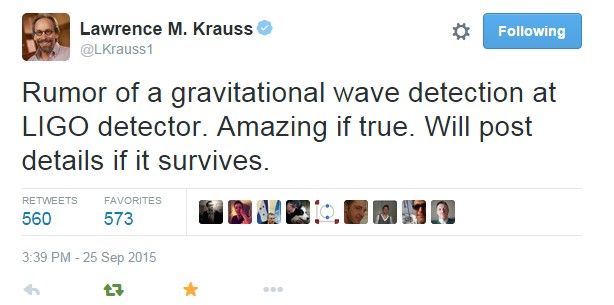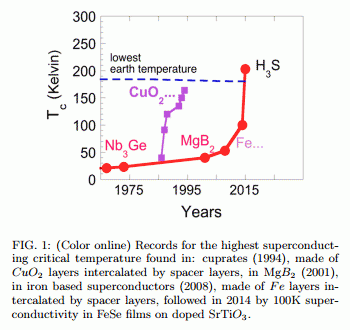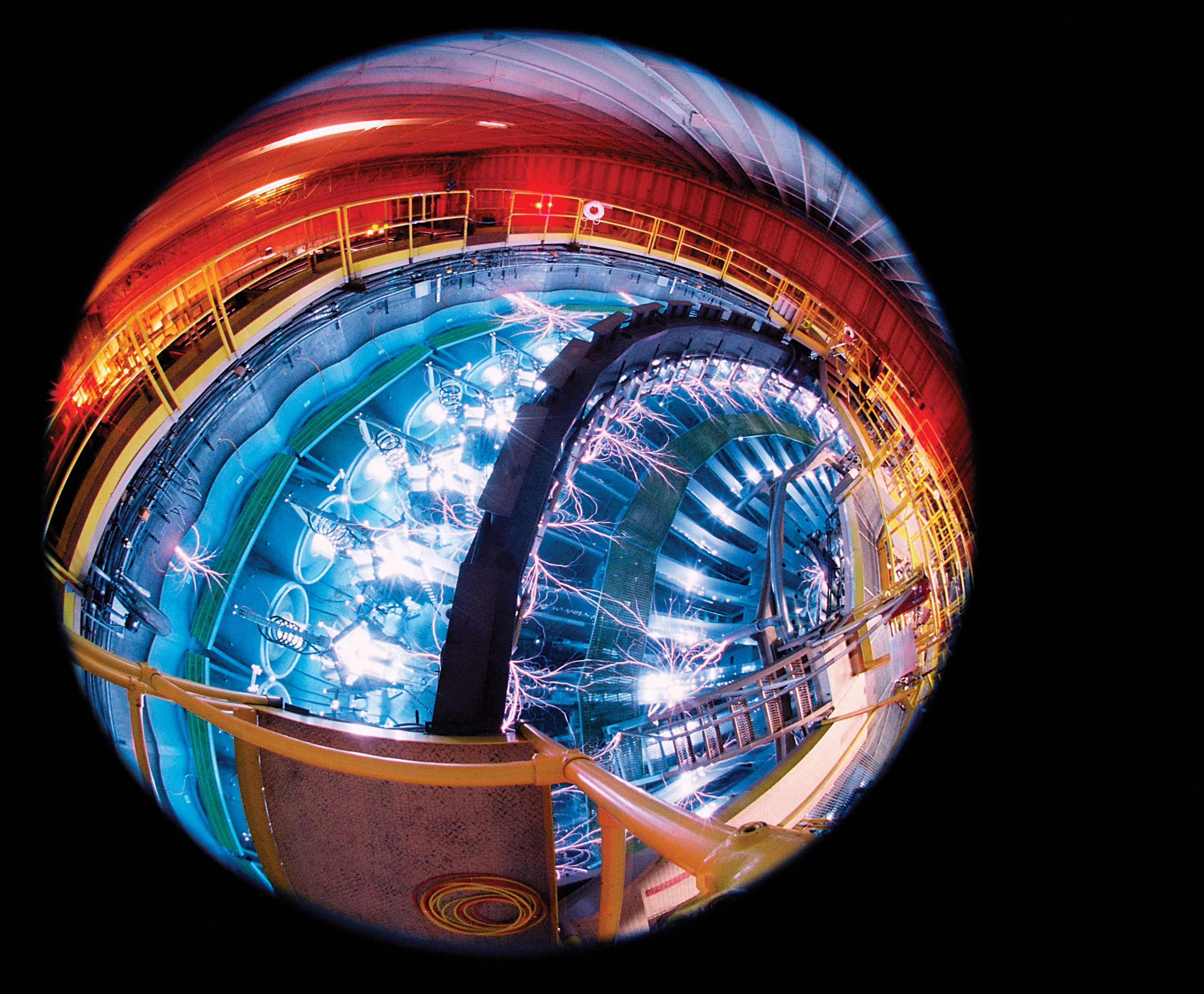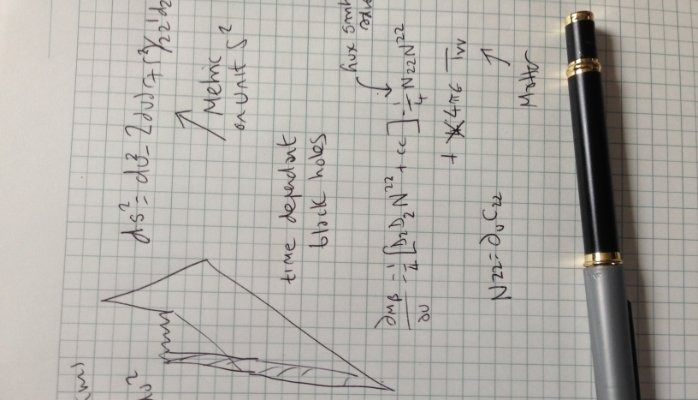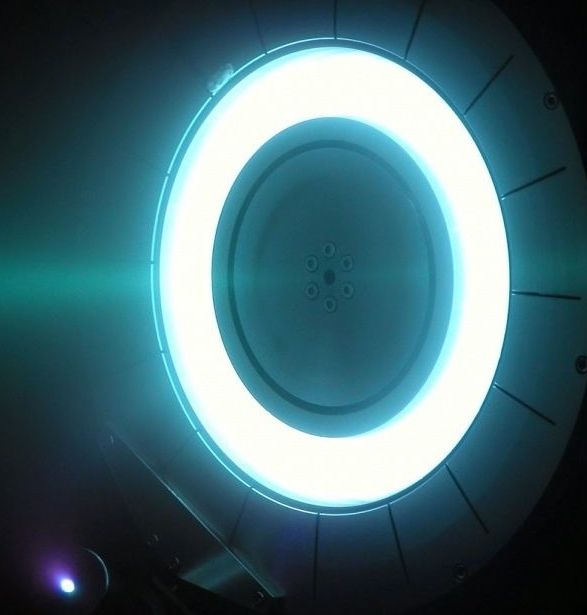An artificial intelligence program received such high scores on a standardized test that it’d have an 80% chance of getting into a Japanese university.
The Wall Street Journal reports that the program, developed by Japan’s National Institute of Informatics, took a multi-subject college entrance exam and passed with an above-average score of 511 points out of a possible 950. (The national average is 416.) With scores like that, it has an 8 out of 10 chance of being admitted to 441 private institutions in Japan, and 33 national ones.
The AI took some time to perfect, and it still has a ways to go. The team had been working on the program since 2011, the same year IBM’s Watson dominated Jeopardy! champions Ken Jennings and Brad Rutter in a multi-day tournament. Previously, the Japanese AI program had received below-average results, but this time around, the robot did particularly well in math and history questions, which have straightforward answers, but it still received iffy marks in the physics section of the test, which requires advanced language processing skills.


